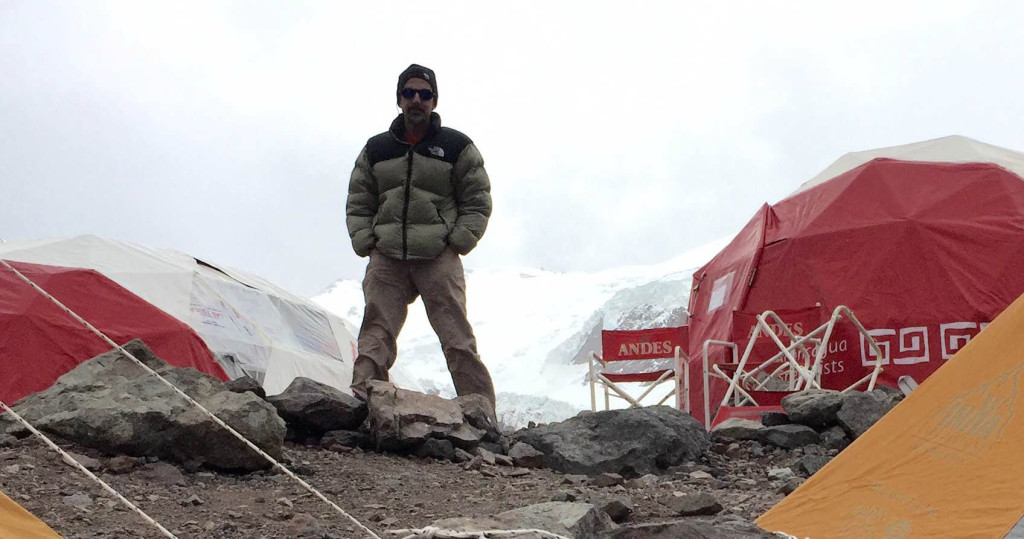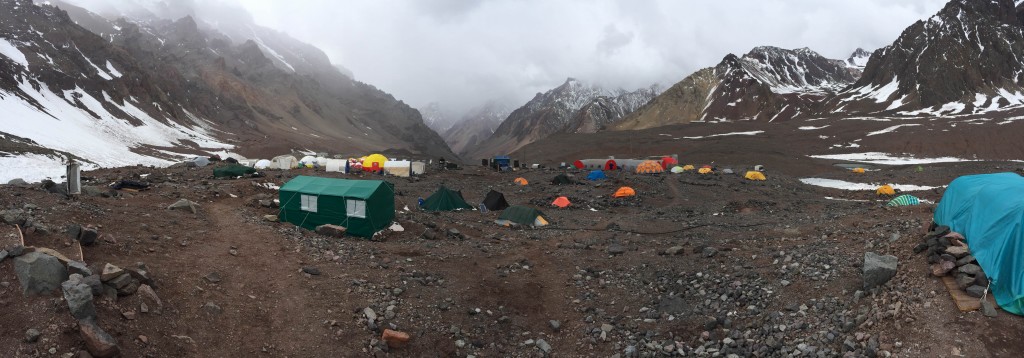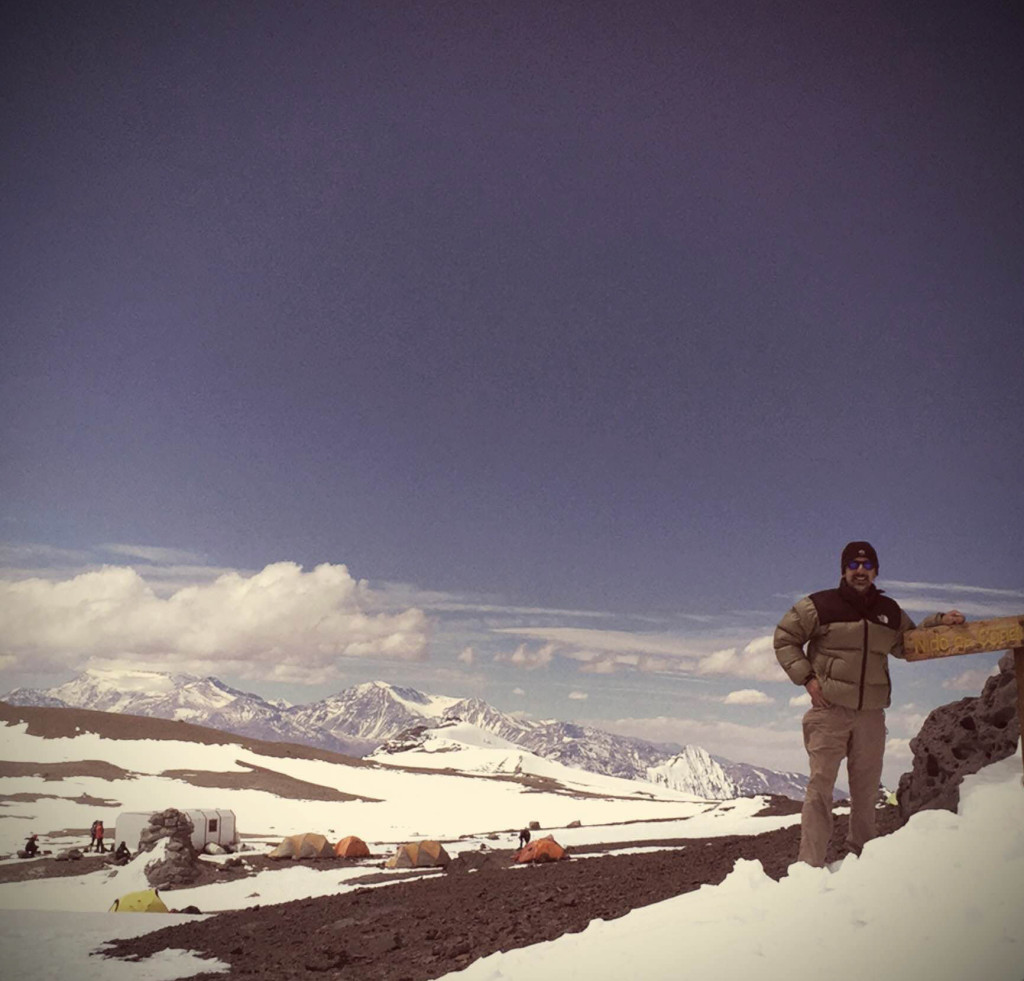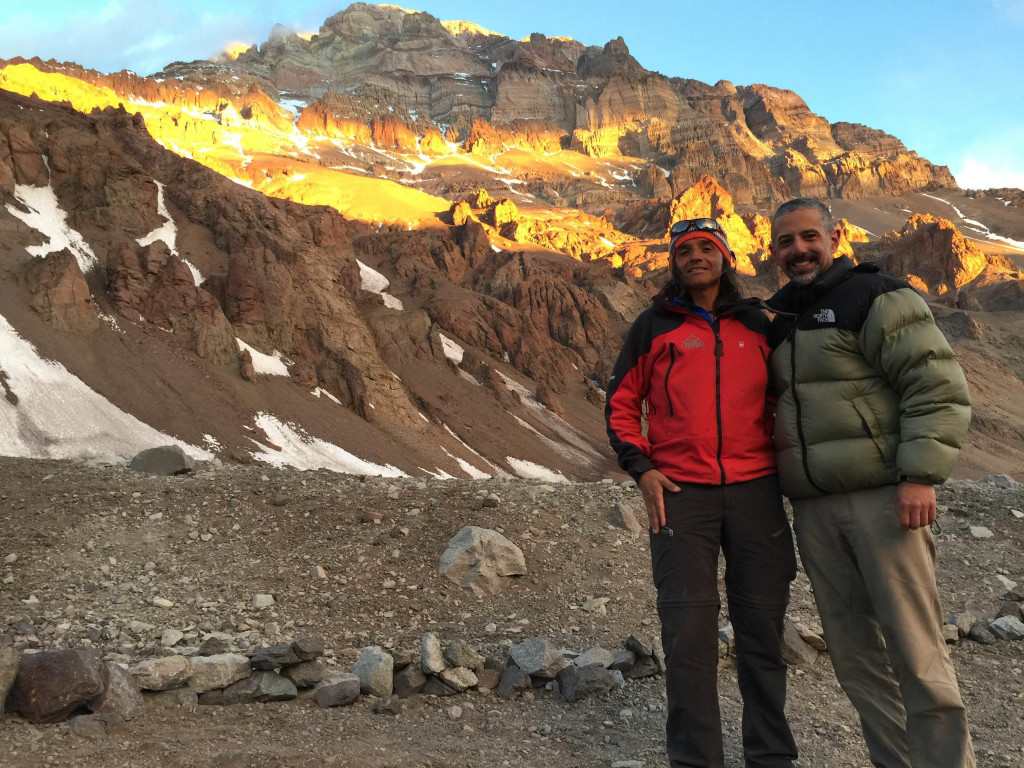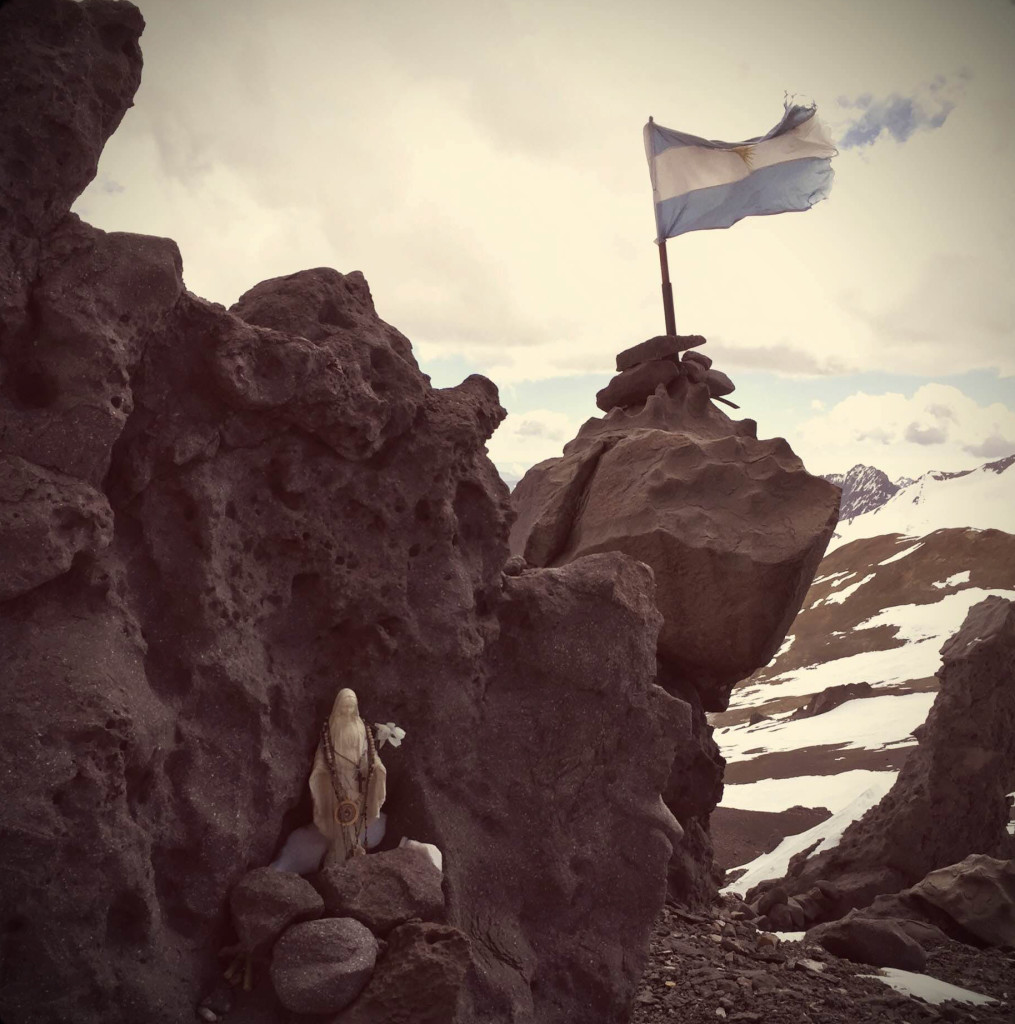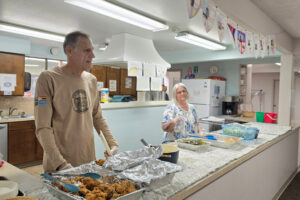“I’m not trying to prove I’m tough. I just want to prove I’m here for the right reasons.”
Nick Swinhart posted this quote to his blog on Jan. 3, the same day he left to finish an uncompleted task: Summit Aconcagua, a daunting 23,000 foot high mountain in Argentina. The 45-year-old Camas-Washougal Fire Department chief is an experienced climber, but had not been to Aconcagua since he was 28. He had failed to reach the summit due to encountering severe weather and a dwindling supply of food.
Although continuously active, Swinhart stopped climbing in 2005, when he met his future wife, got married and started a family.
When he was in his 20s and 30s, Swinhart climbed every mountain in the Cascade range, including Mt. Shasta, as well as Mt. Kilimanjaro, Mt. Elbrus in Russia, Mauna Kea in Hawaii, and Mt. Cotopaxi in Ecuador.
On a warm day this past summer, watching his girls, Anastasia, 5, and Karina, 2, run around the living room, an odd moment came over him.

